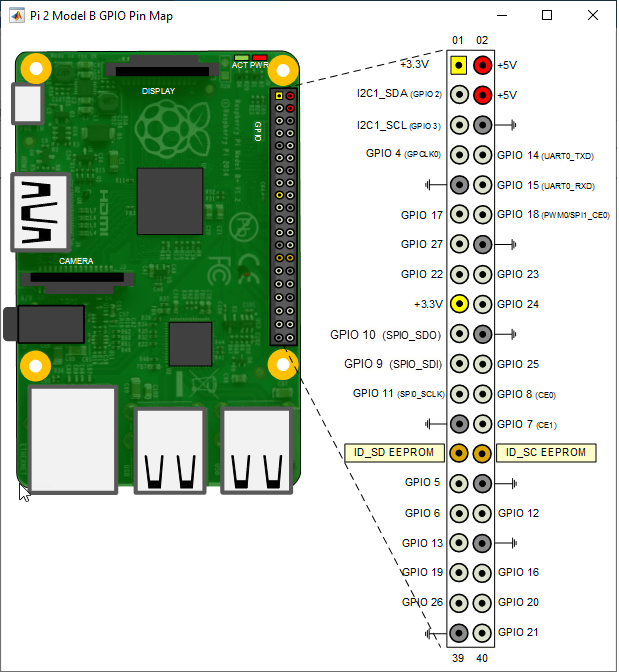writeRegister
Write to register on I2C device
Add-On Required: This feature requires the MATLAB Support Package for Raspberry Pi Hardware add-on.
Description
writeRegister(
writes a hexadecimal value to a register on an I2C device. Optionally, you can match
the data precision to the size of the register on the device.myi2cdevice,register,value,dataPrecision)
The writeRegister method stops when it finishes writing the
specified data to the register, or when the timeout period elapses.
